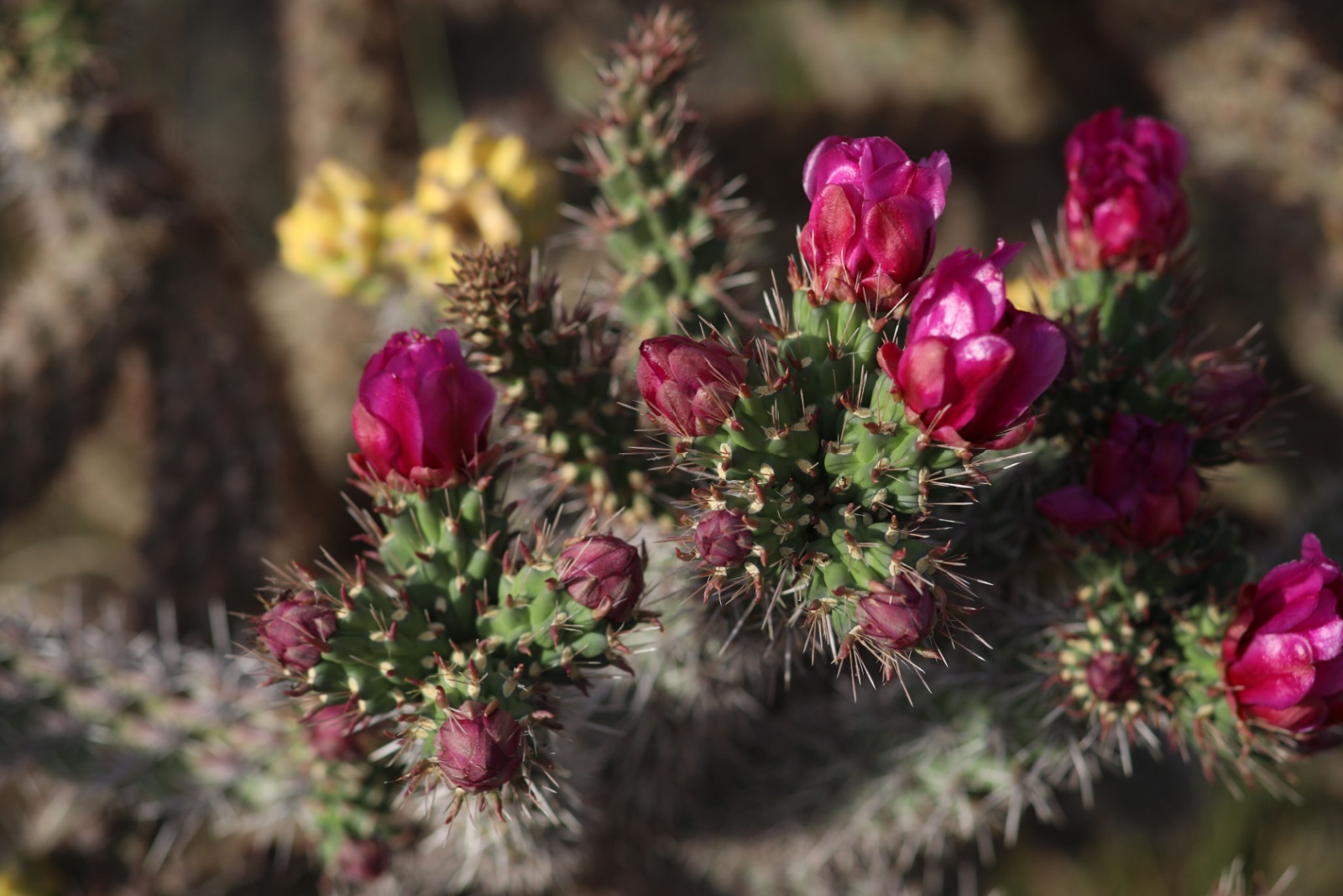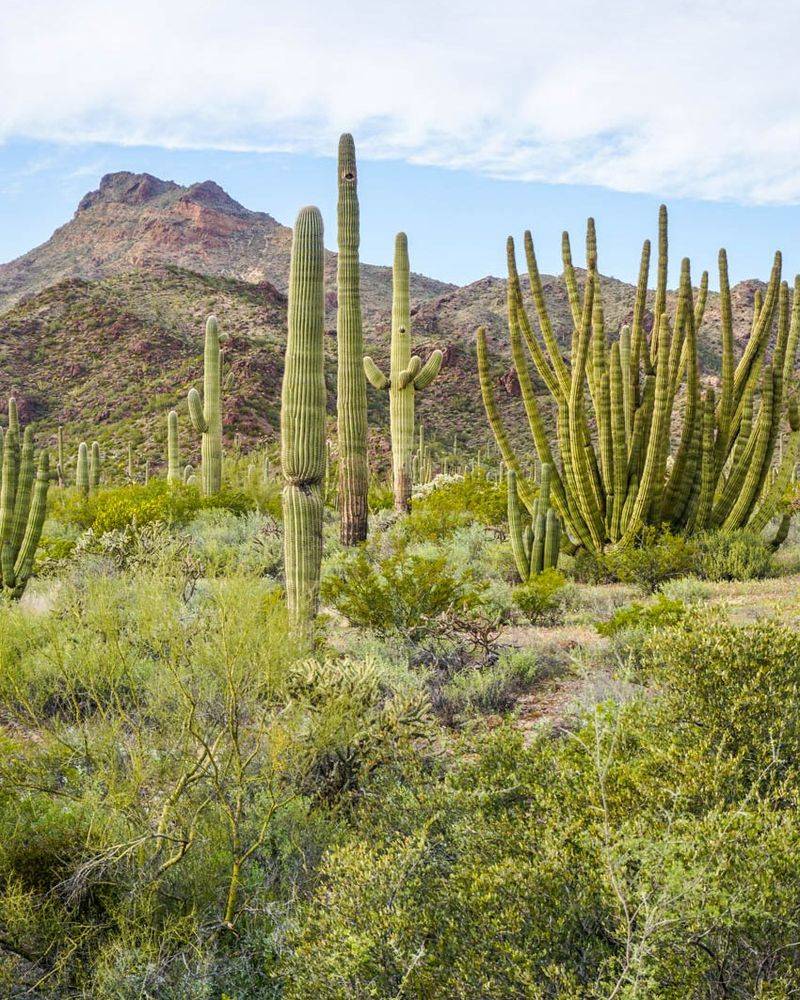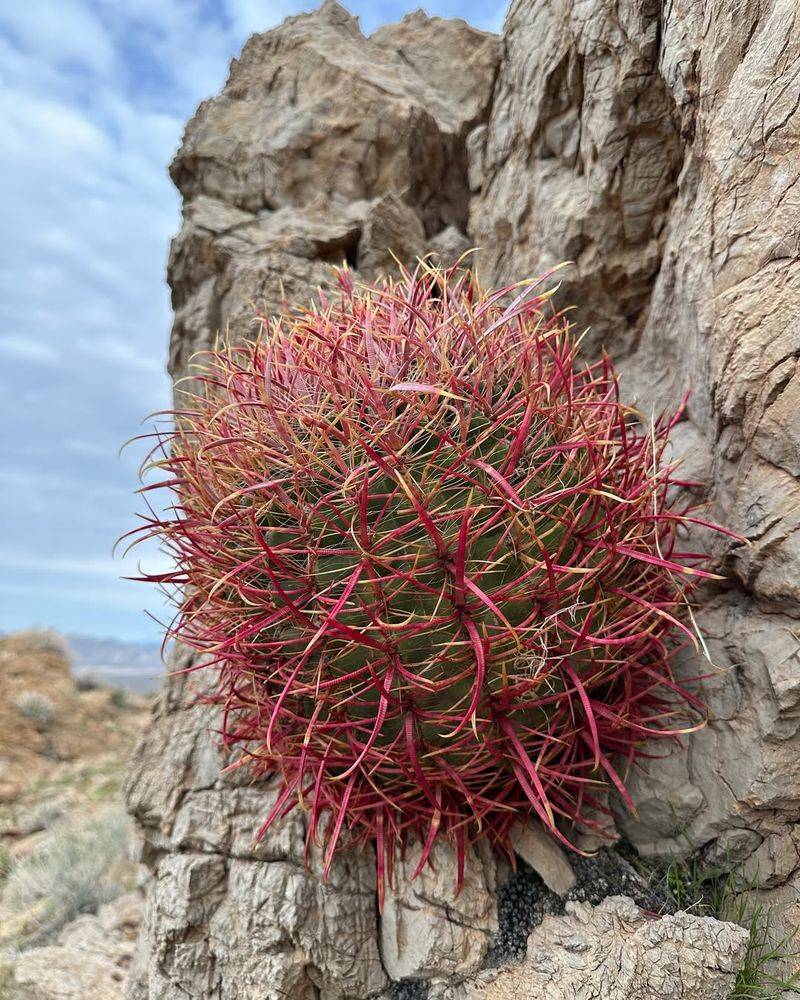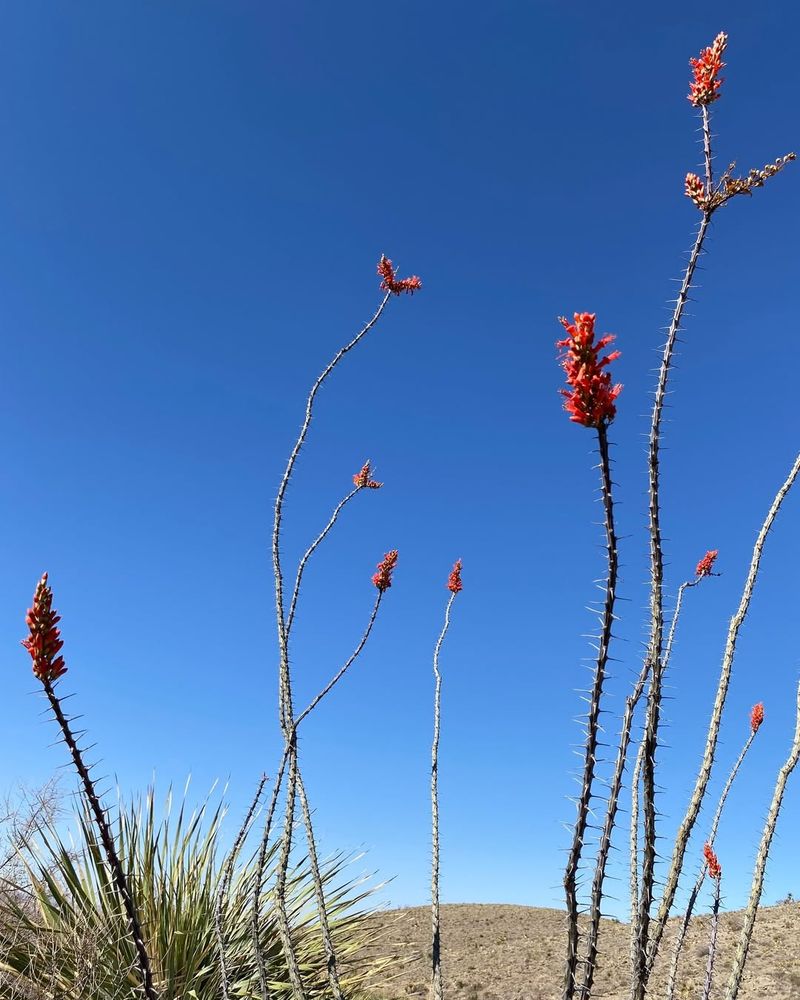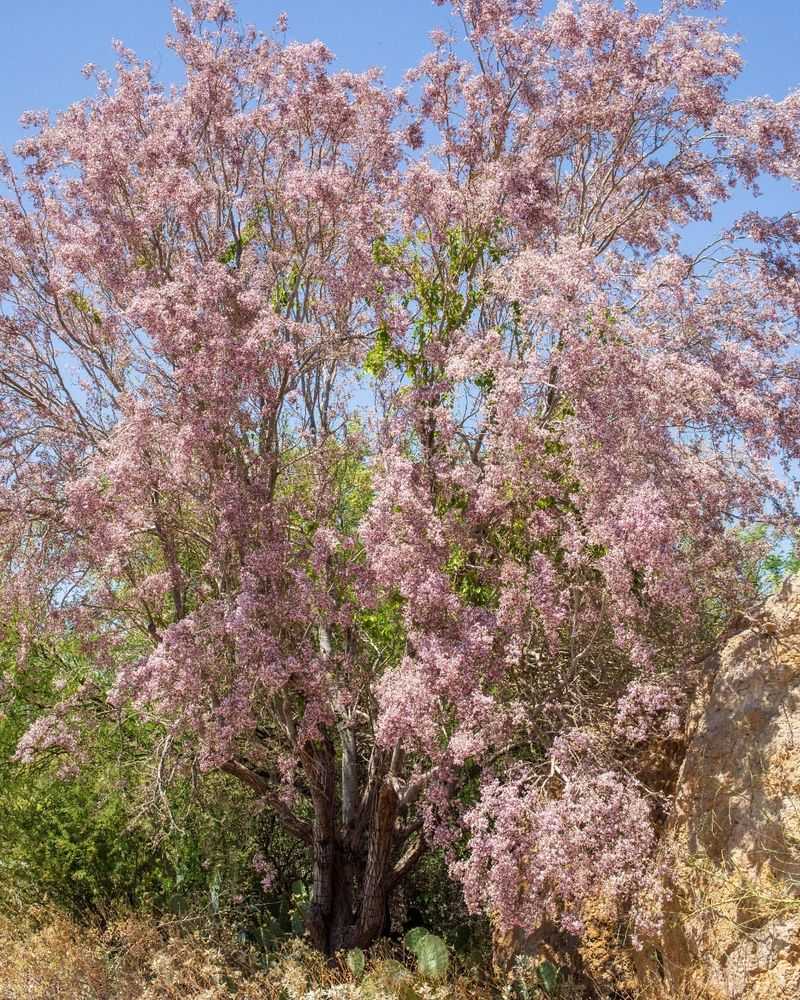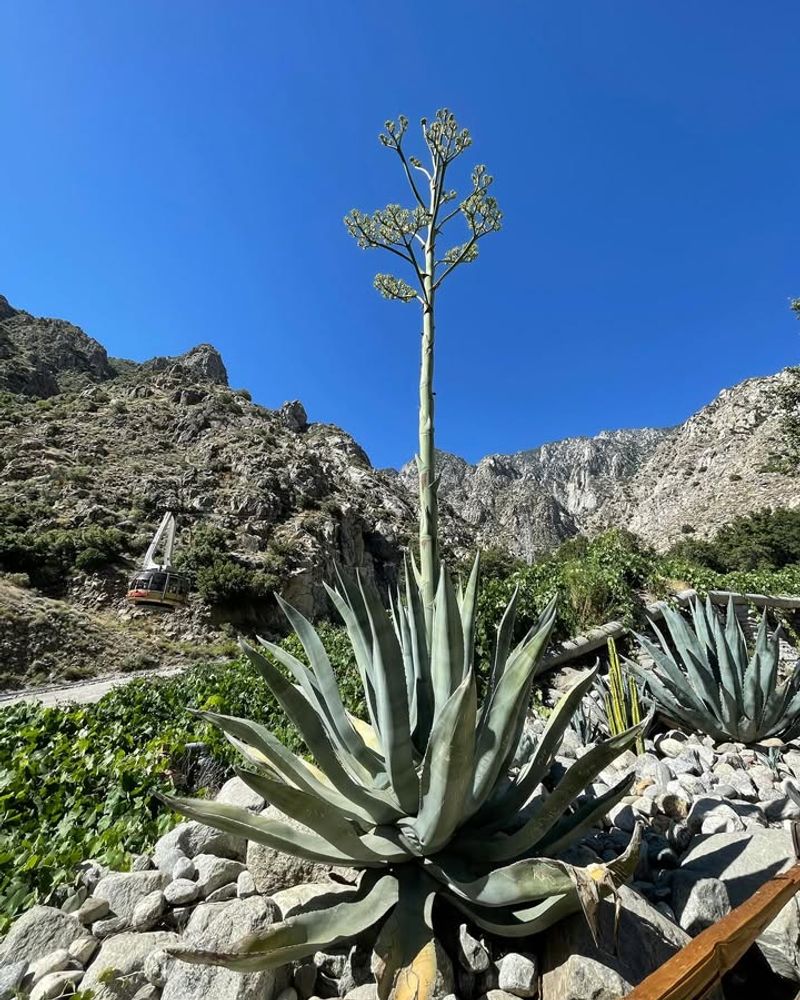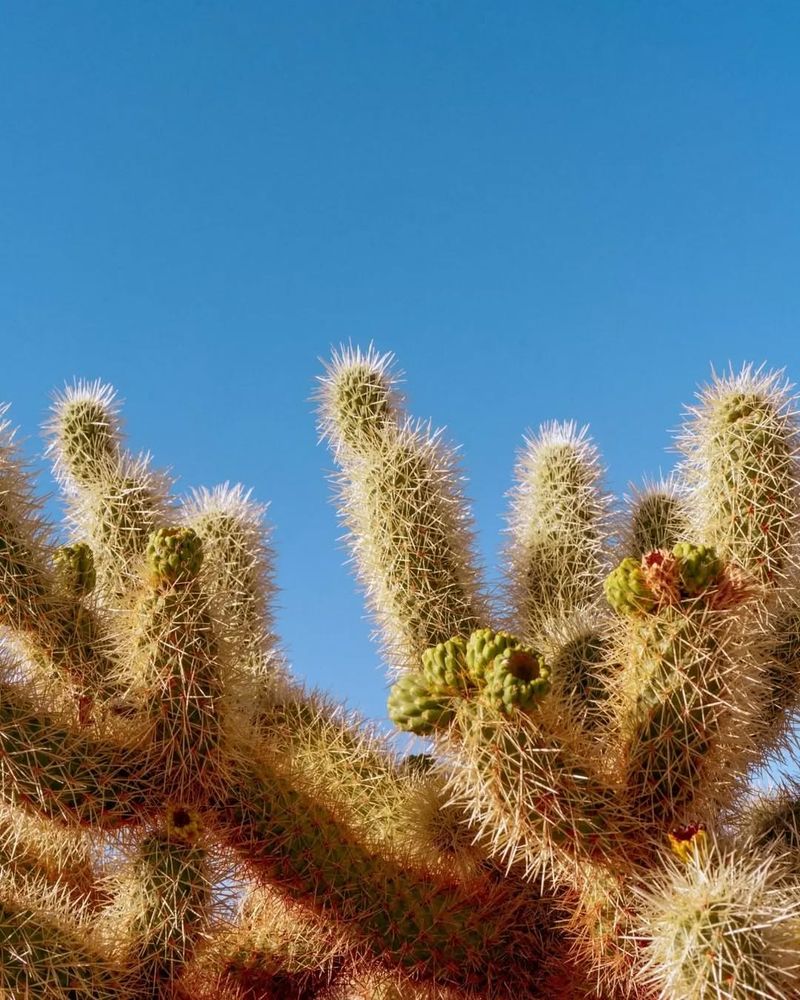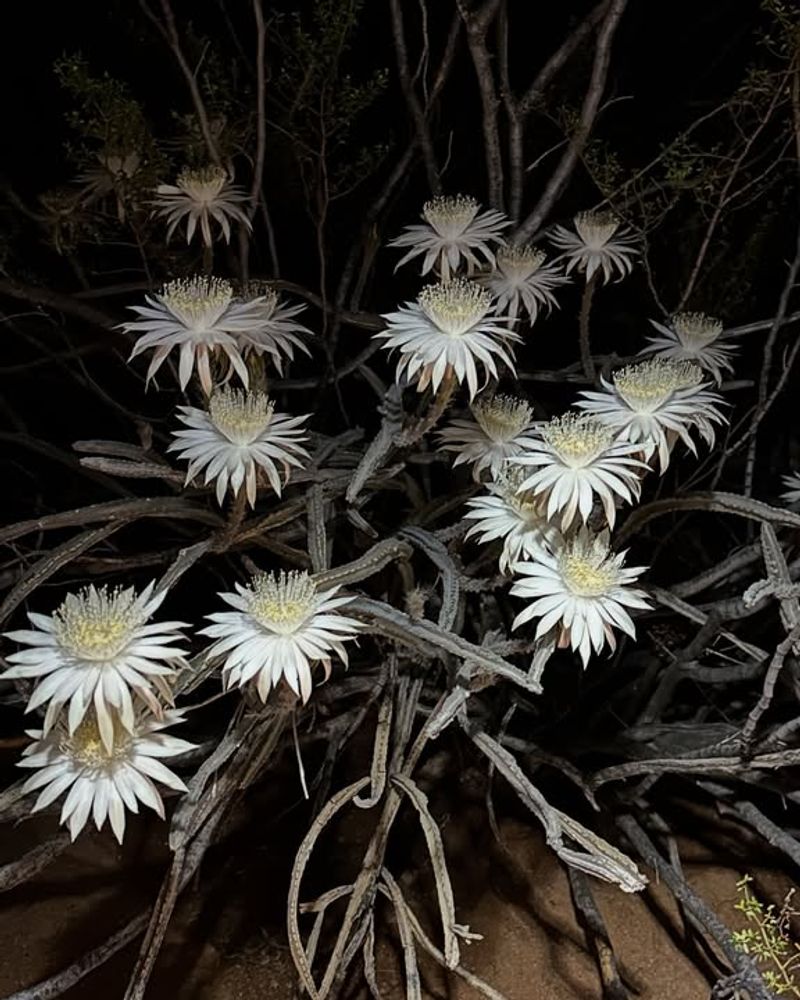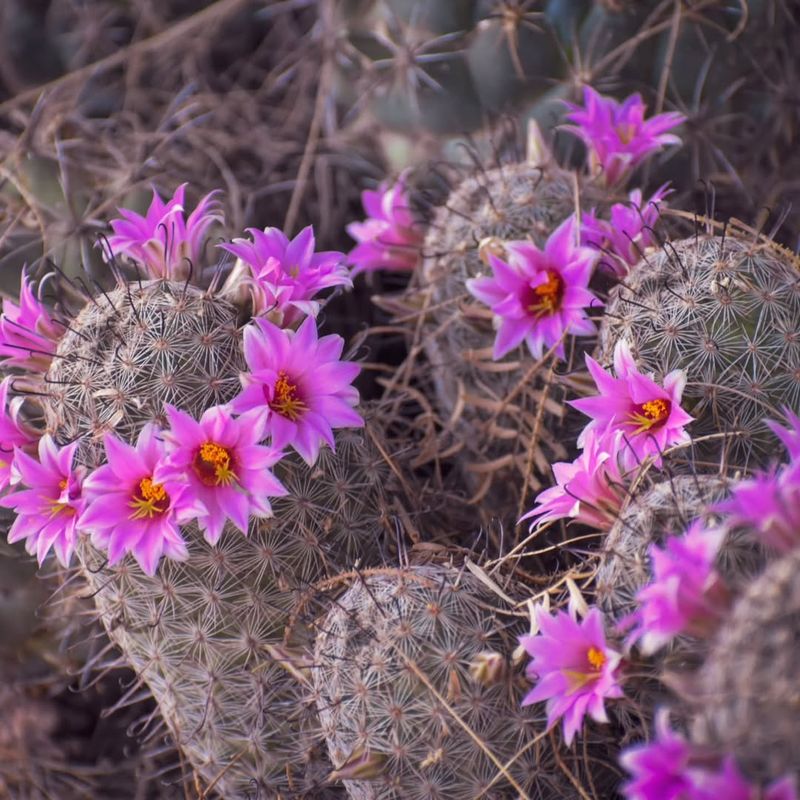It might feel natural to want to save a plant you love before construction, landscaping updates, or property changes — especially in the desert, where every living thing feels precious.
But in Arizona, some native plants are so ecologically important (and slow to grow) that state law protects them from being moved, sold, or removed without approval. Before you pick up a shovel, here are 11 plants you need to know about.
1. Saguaro Cactus
Standing like ancient sentinels across the Sonoran Desert, saguaros are Arizona’s most iconic symbol. Moving one without a permit can cost you up to $5,000 and land you in serious legal hot water.
Arizona law requires special tags and permits even for cacti on your own property. The state tracks each relocated saguaro carefully. Destroying or harming one is considered a class four felony, showing just how seriously Arizona protects these majestic giants that can live over 200 years.
2. Organ Pipe Cactus
Named for its resemblance to pipe organs in old churches, this cactus grows multiple stems from a single base. Each stem reaches skyward like musical pipes frozen in time.
Found primarily in southern Arizona near the Mexican border, organ pipes are highly protected. Removing them from public or private land without authorization violates state conservation laws. Their slow growth rate—taking decades to mature—makes every plant precious. Officials monitor populations closely to prevent illegal harvesting for landscaping projects.
3. Barrel Cactus
Round and ribbed like a wooden barrel, this cactus earned its name from thirsty desert travelers who mistakenly believed it held drinkable water. The liquid inside is actually quite bitter and toxic.
Arizona protects barrel cacti under native plant laws because they provide critical habitat for desert wildlife. Birds nest in their spiny crowns while lizards shelter in their shade. Taking one requires permits and proper documentation. Their distinctive shape makes them tempting for landscapers, but legal consequences aren’t worth the risk.
4. Ocotillo
With long, whip-like stems covered in thorns, ocotillo looks dead most of the year until rain triggers an explosion of green leaves. Bright red flowers crown the tips each spring, attracting hummingbirds from miles around.
Despite appearing sparse and stick-like, ocotillo is strictly regulated in Arizona. Transplanting them without permits is illegal because they’re slow-growing and environmentally important. Many die when improperly moved, making conservation efforts crucial for maintaining healthy populations across the desert ecosystem.
5. Arizona Ironwood
This desert tree produces wood so dense it actually sinks in water—hence the name ironwood. Its purple springtime blooms create stunning displays across the Sonoran Desert.
Ironwood trees are protected because they’re considered keystone species, meaning countless other plants and animals depend on them. Their shade creates cooler microclimates where young saguaros can grow. Cutting or relocating ironwood without proper authorization breaks Arizona conservation laws. These trees can live 800 years, making each one irreplaceable in desert ecology.
6. Palo Verde
Arizona’s state tree gets its name from Spanish words meaning green stick, referring to its distinctive green bark that photosynthesizes even without leaves. Yellow flowers blanket the branches each spring, painting the desert gold.
Protected under state law, palo verde trees cannot be removed or relocated without permits. They’re vital to desert ecosystems, providing food and shelter for wildlife. Their deep roots prevent erosion while their canopy offers shade in scorching summers. Legal penalties for unauthorized removal are substantial and enforced.
7. Agave
Thick, fleshy leaves armed with sharp spines form dramatic rosettes that can span several feet. After decades of growth, agave sends up a towering flower stalk, then dies—a spectacular finale to a long life.
Many agave species native to Arizona are protected plants that require permits for relocation. Indigenous peoples used them for food, fiber, and medicine for thousands of years. Today, removing them from natural areas damages ecosystems and breaks conservation laws. Their importance to desert biodiversity makes protection essential for environmental health.
8. Hedgehog Cactus
Brilliant magenta flowers emerge from spiny mounds each spring, creating breathtaking displays against the desert’s muted tones. The cylindrical stems cluster together like a family huddled close.
Arizona law protects hedgehog cacti because their stunning blooms make them targets for illegal collection. Taking them from the wild harms populations that grow slowly and reproduce infrequently. Permits are required for any removal or relocation. Conservation officers actively patrol areas where these cacti grow, ensuring violators face fines and prosecution for unauthorized plant theft.
9. Cholla Cactus
Nicknamed jumping cactus because segments seem to leap onto passersby, cholla actually just detaches easily when touched. Dense, barbed spines make removal from skin painfully memorable.
Several cholla species are protected under Arizona native plant laws. Their segmented branches provide nesting sites for desert birds, particularly cactus wrens. Removing cholla without authorization disrupts wildlife habitat and violates state regulations. The teddy bear cholla, covered in golden spines, is especially protected. Landscapers must obtain proper permits before relocating any cholla from natural areas.
10. Night-Blooming Cereus
Once yearly, enormous white flowers unfold after sunset, releasing an intoxicating fragrance that fills the desert air. By dawn, the blooms wilt forever—a fleeting spectacle that draws admirers from across the state.
This rare cactus is strictly protected because of its limited Arizona range and specialized habitat needs. The plant looks like dead sticks most of the year, making it vulnerable to accidental destruction. Taking night-blooming cereus without permits is illegal and heavily penalized. Conservation efforts focus on protecting known populations from development and illegal collection.
11. Fishhook Cactus
Curved spines resembling fishing hooks give this small cactus its memorable name. Despite its diminutive size—often no bigger than a softball—it packs impressive defensive capabilities.
Arizona protects fishhook cacti because collectors prize them for rock gardens and succulent displays. Their slow growth means populations recover slowly from harvesting. Removing them from public or private land without authorization violates native plant protection laws. Pink or yellow flowers crown the top each summer, making them particularly attractive. Legal transplanting requires documented permits and proper handling techniques to ensure survival.

